Media | Articles
The Best Tips for Winter Car Storage and Care
The trees are almost bare and the evening arrives sooner each day. We all know what that means: It’s time to tuck away our classics into storage. We may have published this article in 2018, but it’s still our go-to checklist, and we hope it serves you well. —Ed.
Just when you thought you’d heard every suggestion and clever tip for properly storing your classic automobile, along comes another recommendation—or two, or three.
As you can imagine, we’ve shared plenty of ideas and advice about winter storage over the years. Some of those annual recommendations are repeated here. And some have been amended—for example, the fragrance of dryer sheets is way more pleasing to our noses than the stench of moth balls, and the fresh smell actually does a superior job of repelling mice.
Finally, each year we receive tried-and-true suggestions from our readers that we just have to share. In 2017, our resident do-it-yourself mechanic Rob Siegel received plenty of kudos for his winter prep story, which included some valuable myth busting, and his story also drew a number of storage ideas from readers.
Marketplace
Buy and sell classics with confidence
Armed with information old and new, here are our top tips for storing your classic vehicle. Did we miss something important? Let us know in the comments section below. We’re all in this together.
Wash and wax

It may seem fruitless to wash the car when it is about to be put away for months, but it is an easy step that shouldn’t be overlooked. Water stains or bird droppings left on the car can permanently damage the paint. Make sure to clean the wheels and undersides of the fenders to get rid of mud, grease and tar. For added protection, give the car a coat of wax and treat any interior leather with a good conditioner.
Car cover
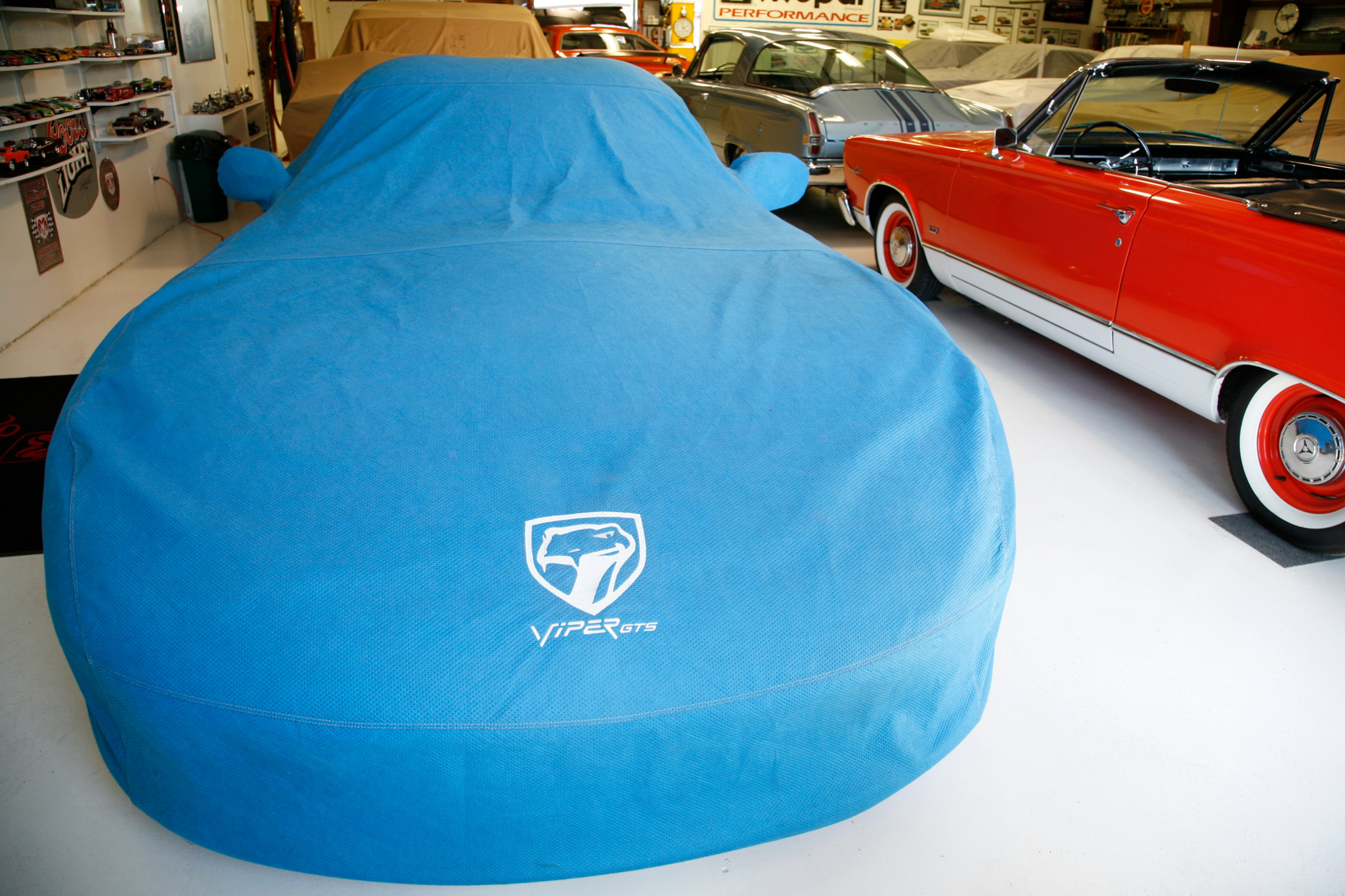
Even though your classic is stored in the garage in semi-stable temperatures and protected from the elements, a car cover will keep any spills or dust off of the paint. It can also protect from scratches while moving objects around the parked car.
Oil change

If you will be storing the vehicle for longer than 30 days, consider getting the oil changed. Used engine oil has contaminants that could damage the engine or lead to sludge buildup. (And if your transmission fluid is due for a change, do it now too. When spring rolls around, you’ll be happy you did.)
Fuel tank

Before any extended storage period, remember to fill the gas tank to prevent moisture from accumulating inside the fuel tank and to keep the seals from drying out. You should also pour in fuel stabilizer to prevent buildup and protect the engine from gum, varnish, and rust. This is especially critical in modern gasoline blended with ethanol, which gums up more easily. The fuel stabilizer will prevent the gas from deteriorating for up to 12 months.
Radiator
This is another area where fresh fluids will help prevent contaminants from slowly wearing down engine parts. If it’s time to flush the radiator fluid, doing it before winter storage is a good idea. Whether or not you put in new antifreeze, check your freezing point with a hydrometer or test strips to make sure you’re good for the lowest of winter temperatures.
Battery

An unattended battery will slowly lose its charge and eventually go bad, resulting in having to purchase a new battery in the spring. The easiest, low-tech solution is to disconnect the battery cables—the negative (ground) first, then the positive. You’ll likely lose any stereo presets, time, and other settings. If you want to keep those settings and ensure that your battery starts the moment you return, purchase a trickle charger. This device hooks up to your car battery on one end, then plugs into a wall outlet on the other and delivers just enough electrical power to keep the battery topped up. Warning: Do not use a trickle charger if you’re storing your car off property. In rare cases they’ve been known to spark a fire.
Parking brake
For general driving use it is a good idea to use the parking brake, but don’t do it when you leave a car in storage long term; if the brake pads make contact with the rotors for an extended period of time, they could fuse together. Instead of risking your emergency brake, purchase a tire chock or two to prevent the car from moving.
Tire care

If a vehicle is left stationary for too long, the tires could develop flat spots from the weight of the vehicle pressing down on the tires’ treads. This occurs at a faster rate in colder temperatures, especially with high-performance or low-profile tires, and in severe cases a flat spot becomes a permanent part of the tire, causing a need for replacement. If your car will be in storage for more than 30 days, consider taking off the wheels and placing the car on jack stands at all four corners. With that said, some argue that this procedure isn’t good for the suspension, and there’s always this consideration: If there’s a fire, you have no way to save your car.
If you don’t want to go through the hassle of jack stands, overinflate your tires slightly (2–5 pounds) to account for any air loss while it hibernates, and make sure the tires are on plywood, not in direct contact with the floor.
Repel rodents

A solid garage will keep your car dry and relatively warm, conditions that can also attract unwanted rodents during the cold winter months. There are plenty of places in your car for critters to hide and even more things for them to destroy. Prevent them from entering your car by covering any gaps where a mouse could enter, such as the exhaust pipe or an air intake; steel wool works well for this. Next, spread scented dryer sheets or Irish Spring soap shavings inside the car and moth balls around the perimeter of the vehicle. For a more proactive approach, also lay down a few mouse traps (although you’ll need to check regularly for casualties).
Maintain insurance
In order to save money, you might be tempted to cancel your auto insurance when your vehicle is in storage. Bad idea. If you remove coverage completely, you’ll be on your own if there’s a fire, the weight of snow collapses the roof, or your car is stolen. If you have classic car insurance, the policy covers a full year and takes winter storage into account in your annual premium.
Your comments/suggestions
- “A good friend of mine and ex-Ferrari race mechanic (Le Mans three times) recommends adding half a cup of automatic transmission fluid to the fuel tank before topping up, and then running the engine for 10 minutes. This applies ONLY to carburetor cars. The oil coats the fuel tank, lines and carb bowls and helps avoid corrosion. It will easily burn off when you restart the car.”
- A warning regarding car covers: “The only time I covered was years ago when stored in the shop side of my machine shed. No heat that year and the condensation from the concrete caused rust on my bumpers where the cover was tight. The next year I had it in the dirt floor shed and the mice used the cover ties as rope ladders to get in.”
- “I use the right amount of Camguard in the oil to protect the engine from rust. It’s good stuff.”
- “Your car’s biggest villain is rust, that’s why I clean the car inside and out, and wax it prior to putting it in storage. For extra protection, I generously wax the bumpers and other chrome surfaces, but I do not buff out the wax. Mildew can form on the interior; to prevent this I treat the vinyl, plastic, and rubber surfaces with a product such as Armor All.
- “Ideally, your car should be stored in a clean, dry garage. I prepare the floor of the storage area by laying down a layer of plastic drop cloth, followed by cardboard. The plastic drop cloth and cardboard act as a barrier to keep the moisture that is in the ground from seeping through the cement floor and attacking the underside of my car.”
- “Fog out the engine. I do this once the car is parked where it is to be stored for the winter, and while it is still warm from its trip. Remove the air cleaner and spray engine fogging oil into the carburetor with the engine running at a high idle. Once I see smoke coming out of the exhaust, I shut off the engine and replace the air cleaner. Fogging out the engine coats many of the internal engine surfaces, as well as the inside of the exhaust with a coating of oil designed to prevent rust formation.”
Relax, rest, and be patient

For those of us who live in cold weather states, there’s actually a great sense of relief when you finally complete your winter prep and all of your summer toys are safely put to bed before the snow flies. Relax; you’ve properly protected your classic. It won’t be long before the snow is waist-high and you’re longing for summer—and that long wait may be the most difficult part of the entire storage process. Practice patience and find something auto-related to capture your attention and bide your time. You’ll be cruising again before you know it. (Keep telling yourself that, anyway.)
***
Check out the Hagerty Media homepage so you don’t miss a single story, or better yet, bookmark it. To get our best stories delivered right to your inbox, subscribe to our newsletters.
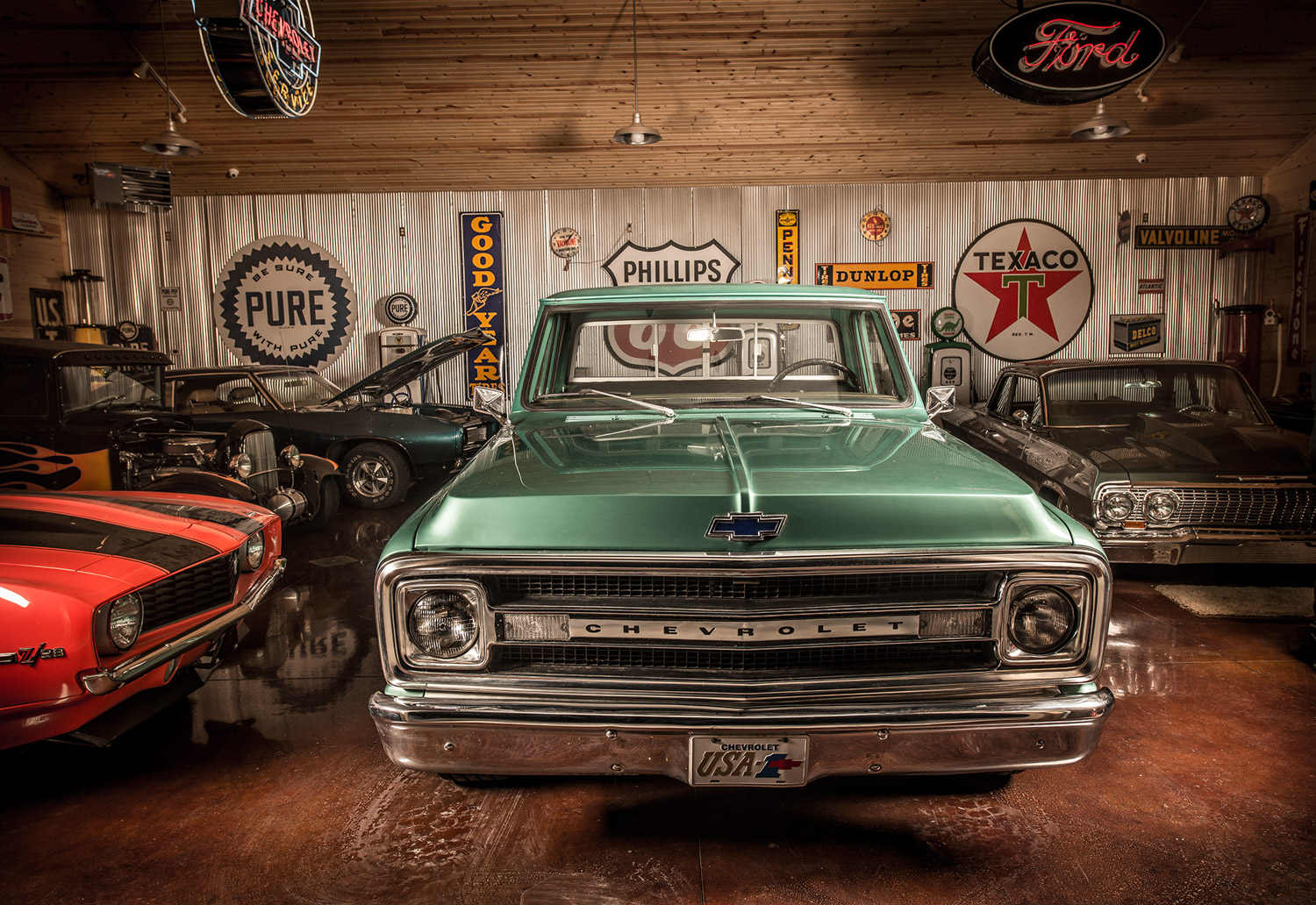


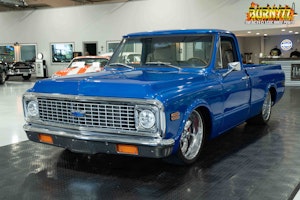
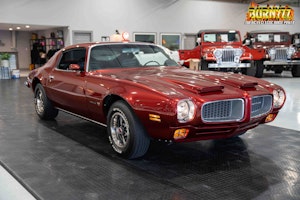


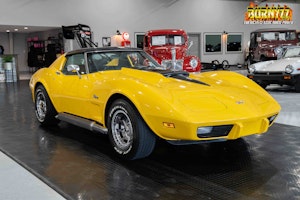



Put some isopropyl alcohol or the brand “Heet” in your FULL fuel tank of NON ethonal gas to absorb water from condensation in the empty portion after your drive back from the NON-ethanol pump. My nephew is assistant chief chemist at a Big Brand refinery and he said modern fuels have enough stabilization built into them to last a year. He also states that all fuels are now the same recipe except for Chevron which adds Techron, which he states will protect the inside of the fuel system. You can buy a bottle of Techron at the local auto parts store if it makes you feel better when you’re buying that bottle of Sta bil you don’t need.
I use “Fresh Cab” packets (which have balsam oil), and replace every 3 months – one in the car, one in the trunk. Only VERY rarely have I found evidence of mice inside a car with these packets in use; maybe those mice had no sense of smell?
What about draining the crank case oil when it’s hot and not adding new oil until spring? Of course, put a big note on the windshield that says no oil in the engine!
Good or bad idea??
Hello
Do you guys have any opinion on Car Pockets? Giant plastic bag that encloses the car and uses desiccant bags.
Regarding winter storage, I noticed you recommended hooking up a trickle charger to the battery. There is a big difference between a trickle charger and a battery tender. A battery tender will not overcharge the battery because it keeps the voltage at what’s called a float status. In other words, it only charges as much as it needs when it needs. A trickle charger, if left on, can boil away a battery over time and create dangerous hydrogen off gassing.
You might want to clarify that in a future article. I’ve used battery tenders for 35 years on my collector cars and yard implements and have greatly extended the battery life. And no memory loss either.
I am a full time RV’er and sometimes I store my RV for 3 to 4 months while traveling your comment regarding food is spot on… only store can goods. My RV has been invaded by rodents on occasion To take care of rodents, I found rodents love to eat Irish Spring Soap, Dryer sheet don’t even phase them, the list goes on (wires to) and on The only real solution, is to take all food that is not in cans out of you RV/Car/Truck, next get some TomCat traps, more the better….they have teeth and when the trap is set keep your fingers away from the teeth! They don’t break the skin, but it will hurt. We were in Yellowstone last year and we had a small mouse come and stay with us, he decided the front dash was a good place to live…all I had was the large TomCat traps, but the mouse was so small that he didn’t set the trap off… TomCat does have a smaller version for the little mouses and TomCat got him….. and yes for my car I leave in storage, I will put TomCat traps all over engine compartment, trunk, inside the car and it does work. Most storage units don’t have electricity, so you have to make the best of what you can….oh I also put traps under my vehicle too. FYI if you have to store your vehicle outdoors, get string lights and go around your vehicle and get a SOLAR charger and and a get a timer that will come on dusk to dawn… a lot of critters do not like the light… they would rather be in dark,
Tomcat mouse bait. It is poison and other animals especially dogs seem to be attracted to it. If bought in bags of 12 usually comes with a bait station to keep your beloved pets out. Mouse love this stuff but they will scurry off and die. You will have to find them and they can rot & stink. Much better than chewed wiring, and damaged anything. I keep the bait stations surrounding the outside and in. Helps kill most outside rare to find it eaten on the inside of my 40×60 shop. Look outside a restaurant door or around a school sometime it’s the same type of bait with smaller stations placed along walls where mice run. Have a couple that look like rocks in my rock garden by my house. They work to exterminate and mice prefer it over wiring and insulation chewing. Best bait ever if you just want them dead and can get it at hardware stores or a farm supply if you got one nearby.
I would wonder (and worry) about domestic pets eating the dead mouse bodies. Do the toxins remain active?
I opened up my motor home one spring to find it loaded with mice. The Irish Spring bars were half eaten the drier sheets were loaded with mice droppings. Moth balls have worked okay in the past but you can’t put them everywhere and mice as you know will nest anywhere. If you want to keep mice from destroying your vehicles then load them up with poison bait traps. The mice tend to die outside the car/vehicle but you may have to locate a few that didn’t in the spring. The little b——- would rather eat than anything and so you’re able to kill them before they do any damage. I know some will say it is cruel but those people don’t really have a mouse problem.
Instead of steel wool I like metal pot scrubbers for intake and exhaust. I spear each one on a piece of coat-hanger wire, bent into a J shape so it’s easier to remove.
I started leaving the hoods up on my XJS’s so the critters will not have a nice dark comfy space to settle in, Don’t notice so many left over nuts in the engine compartment.
I use a battery maintainer and on initial startup in spring I disconnect the coil wire and crank the engine for a few seconds to bring the oil pressure up before starting. You can also do this over the winter to keep things lubricated if desired.
Antifreeze does not go bad ( ethylene glycol) but the anti corrodent does weaken, So, rather than changing the antifreeze, which is toxic to the environment, simply add a six dollar bottle of anti corrodent to your radiator every year or two.
For my tires i always keep them on but i put 2 inch styrofoam under them to keep the cold concrete separate from them. I’ve never had flat spots once i started doing that and its been at least 16 years that I’ve been doing that. Tp keep rodents out, the perimeter of the garage is placed with treats for the buggers and dryer sheets are spread all over the place inside the car and under the hood.
I had a bad experience one year when I left a spare battery on the floor connected to a trickle charger while I was away for 3 weeks. When I returned , the battery had exploded and left some acid mark “freckles” on the nearby rear fender of my 68 Camaro. Strictly use only a computer-controlled battery tender since then.
A low-budget option to protect tires is to drive the tires onto a piece of 2-1/2″ or 3″ thick high-density rigid polystyrene board/”styrofoam” (i.e. – usually the pink or blue board, NOT white beadboard) .
Best tip is to live in San Diego.